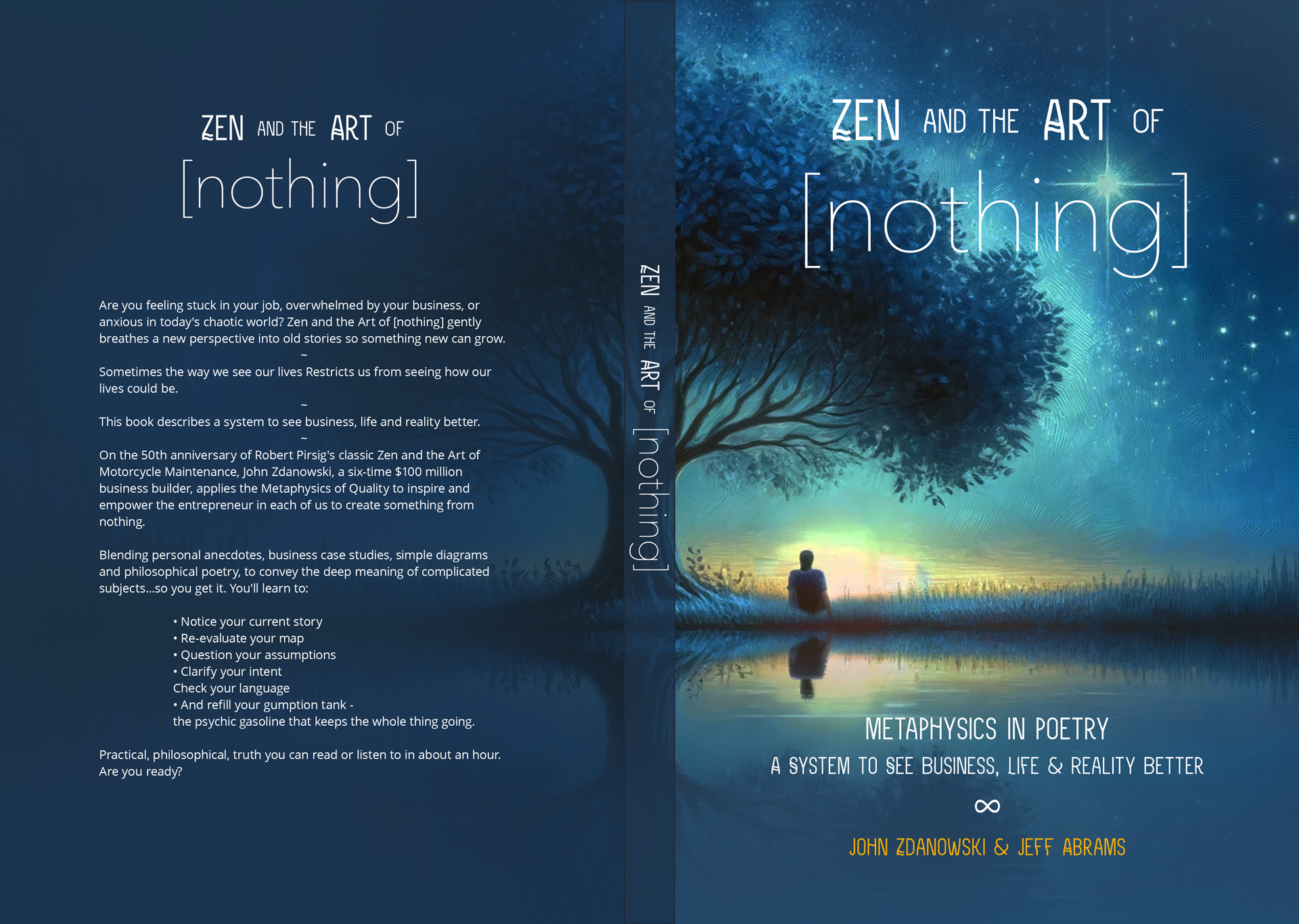The current map of business – the income statement, the balance sheet and the cash flow statement – was first documented in 1494 by Luca Pacioli. We can’t know how quickly this method of accounting – the dual entry system – was adopted by businesses of the time. It must have been slow.
The balance sheet and the dual entry system of accounting was a bit of genius. The income statement is a flow rowset showing cash moving through the business. The balance sheet is a balance metric showing cumulatively the amounts the business owns and owes.
It was so good, that for 500 years, accountants and government agencies have never stopped making more rules for how to record things in this structure. Notably in 1934, the Securities and Exchange Commission, in the wake of the stock market crash, instituted Generally Accepted Accounting Principles to protect investors ensuring standardization for how companies reported their financials.
Accountants have be so distracted by making more rules that in 500 years no one ever thought to double click on the revenue line to look for another rowset that was common across all businesses.
Contribution Engine – the “Fourth Statement”
The genius of the three statement model of finance – the Income Statement the Cash Flow Statement and the Balance Sheet is profound. When anyone thinks of an income statement – they know it starts at Revenue goes through Gross Profit, then expenses then Net Income. Its a standard across all business.
After building financial models for thousands of companies, we started to see the similarities across businesses and across industries. Enterprise software companies, lead generation companies, hosted applications for small businesses, education companies, e-commerce companies, medical service providers, agencies and even and even churches have a Contribution engine that is common to them all.
A Revenue Engine of a business is how it reaches and sells to customers and then how it gets paid for and delivers a result.
Your Contribution Engine, consists of:
- Audience: Understanding the size of your potential market and methods of reaching them. The job of Marketing and Sales is to expose your audience to your product/service and converting them into New Customers
- Customer Engagement: Keeping track of the number of new, active, and repeat customers. From this data we can calculate customer life which is critical for Unit Economics.
- Unit Economics: Unit Economics is a way of looking at your business on a per unit basis, such as per product or customer. It comprises of five components: Revenue Per Unit, Cost Per Unit, Profit Per Unit, Lifetime Gross Profit (LTGP), and Customer Acquisition Cost (CAC). When you know your unit economics
- Direct Cash Flow: A P&L on a cash basis from collections through cash expenses down to change in cash.
Contribution Engine of a Direct to Consumer Business
The Contribution Engine is like the dashboard on a car – a set of numbers that indicate the performance of the engine and the car on the road. When we “instrument” a contribution engine we are focused on the information necessary for calculating the unit economics. From the unit economics we can forecast a path to profitability and how much cash will be required to get there.
Because it’s generally intuitive to people, and has simple jargon, let’s consider the Contribution Engine of an eCommerce or Direct to Consumer (DTC) business, first in words, then in a ROWSET.
Direct to consumer businesses spend money to drive visitors to a website where the visitors view products in a catalog and buy them online.
And now the ROWSET:

Later we’ll break down the components of the is rowset and why we organize them this way, but first let’s consider the implication of using the Revenue Engine Rowset to better organize the people in a company – in our next post.



